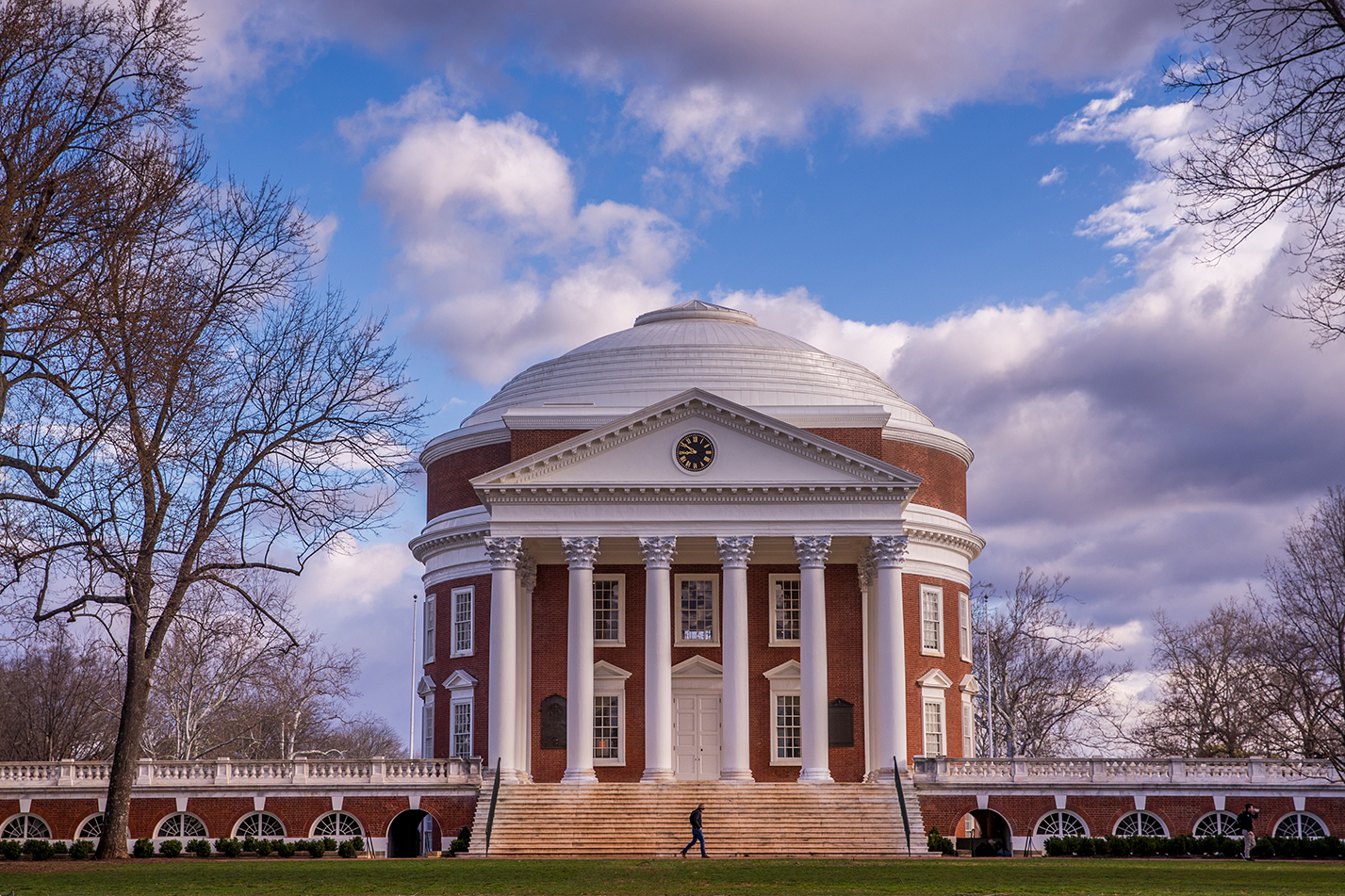
Instructor:
Many of the ideas and structures that shape our schools, from kindergarten through college, can be traced back to the industrial economy of the late nineteenth century, when children were likened to “raw materials” and schools were compared to factories producing useful goods. Their practices are contrary to what much scientific study suggests makes sense for healthy human development, yet we persist in using this outdated model. So, then, what would school be like if it was designed for the human being? In the early 1900s, a physician named Maria Montessori came up with a very different model, a pedagogy based not on social engineering and social efficiency, but rather on true principles of human development. Interestingly, there are several important convergences between her ideas and the vision Thomas Jefferson had for learning here at UVA! In this course we will explore empirical literature on how people learn. We will peek at classrooms at UVA and other schools, and compare them with Montessori and Jefferson’s visions of education. In this way we will learn to gather empirical data from our naturalistic observations. We will also consider at least two principles of learning; the first, and you will experience participating in a study showing one, and experience designing and implementing a study showing the other. Like an M.C. Escher drawing, the course will serve as a mirror of its own content.
